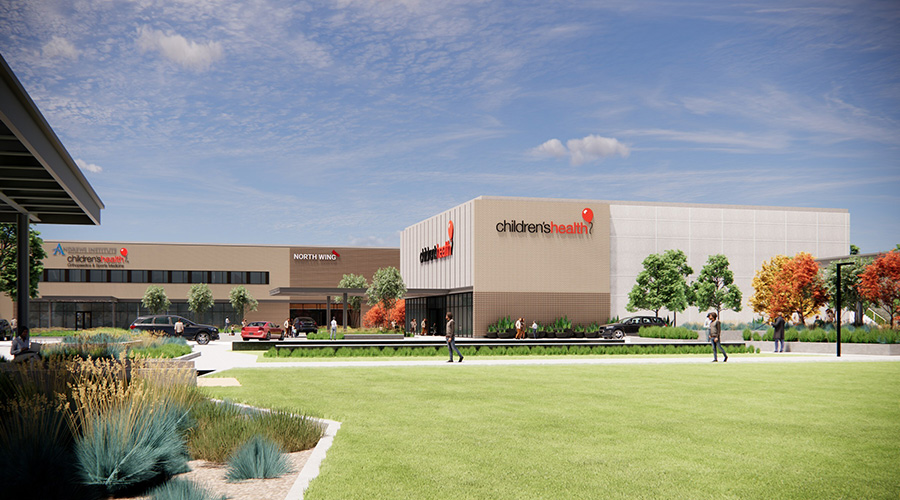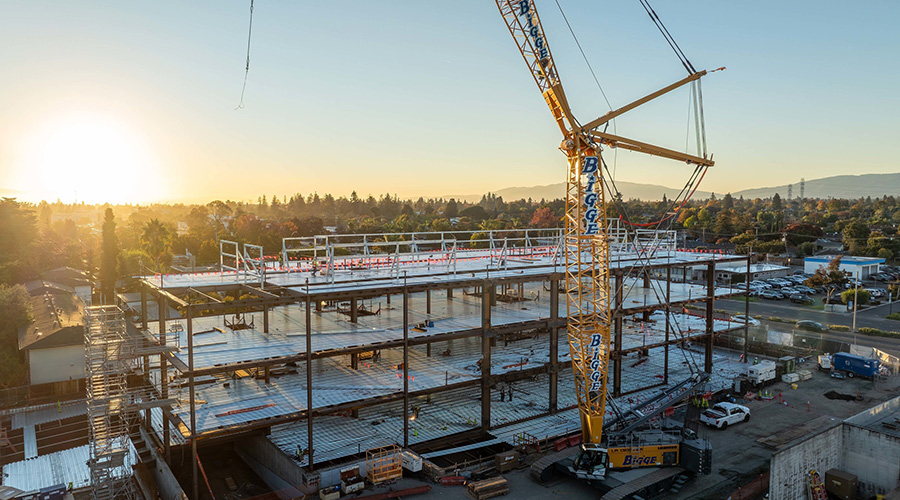Many different types of emergencies can occur in a health care setting – and facilities need to be prepared to handle all of them. Whether the emergency is related to medical demands, inclement weather, or security threats, organizations should create a crisis plan and practice key strategies before an actual disaster hits. To educate ambulatory health care organizations on how to run and evaluate emergency drills, AAAHC updated its Emergency Drills patient safety toolkit and is hosting a webinar to discuss important steps for preparedness. The webinar will be held on Tuesday, September 18, from noon-1 p.m. CDT.
Emergency drills or simulations are vital to emergency preparedness in the ambulatory setting. Research shows that simulation of emergency situations can effectively prepare organizations for a variety of emergencies including patient falls, fire, power loss, weather issues, or bioterrorism.[i] [ii] [iii] [iv] [v] Recent AAAHC survey data, however, revealed more than 10 percent of organizations still struggle to comply with AAAHC Standards/CMS Conditions for Coverage related to emergency preparedness.
“The emergency drills webinar and updated toolkit will offer evidence-based recommendations for designing, implementing, and evaluating emergency drills to help organizations strengthen their preparedness strategies and meet standards compliance,” said Kris Kilgore, RN, BSN, administrative director of Grand Rapids Ophthalmology Surgical Care Center, member of the AAAHC Institute Advisory Committee and AAAHC surveyor. “Checklists, mock emergency drills, and other exercises allow organizations to assess emergency action plans as well as teams’ readiness to respond to real crises. It is important to involve all staff in these exercises, as teamwork during simulations may help reduce errors and ensure better results when actual emergencies strike.”
6 Steps to Preparedness
In the upcoming webinar, Kilgore will discuss the key elements to emergency drills that will help organizations prepare for the worst, including:
1. Assess the internal emergency and disaster preparedness plan
2. Plan for the emergency drill
3. Inform all participants that the drill will be happening
4. Perform the drill as if it were a real-life emergency
5. Evaluate the performance of all team members at the completion of the drill
6. Create and implement a corrective action plan as relevant
During the evaluation process, it is important to document all steps and identify areas of weakness that need improvements to meet specific standard requirements and boost overall efficiency. The AAAHC Emergency Drills toolkit provides organizations with a sample checklist and timeline they can use to measure performance throughout the drill.
To register for the AAAHC Emergency Drills webinar on Tuesday, September 18, 2018, from noon-1 p.m. CDT, please visit www.aaahc.org and select “2018 webinar offerings” under “I Want To.” To purchase the revised Emergency Drills toolkit, visit www.aaahc.org and select “Order patient safety toolkits” under “I Want To.” For more information on other AAAHC resources or accreditation programs, please visit www.aaahc.org.
 Spaces That Support: Patient-Centered Design for Modern Reproductive Health
Spaces That Support: Patient-Centered Design for Modern Reproductive Health Modernization of Buildings Require Collaboration Across All Disciplines
Modernization of Buildings Require Collaboration Across All Disciplines Children's Health Announces Plans for RedBird Specialty Center in Texas
Children's Health Announces Plans for RedBird Specialty Center in Texas How Can Healthcare Facilities Use Efficiency to Drive Climate and Health Goals?
How Can Healthcare Facilities Use Efficiency to Drive Climate and Health Goals? El Camino Health Rehabilitation Hospital Officially Tops Out
El Camino Health Rehabilitation Hospital Officially Tops Out